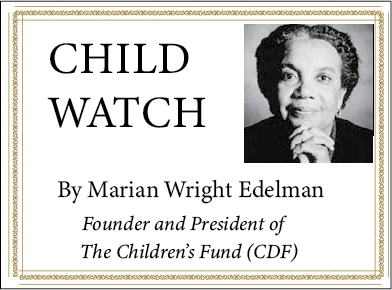 Every few years I get to play the role of an artist. The enabler this time is the Virginia Tech School of Visual Arts (SOVA). Their Armory Gallery opened an exhibition of my photographs on January 22, which will run through February 15. The show—labeled Sweet Soul Music—consists of pictures I took between 1971 and 1974 of jazz, blues, gospel, and soul artists in performance in Boston and New York City.
Every few years I get to play the role of an artist. The enabler this time is the Virginia Tech School of Visual Arts (SOVA). Their Armory Gallery opened an exhibition of my photographs on January 22, which will run through February 15. The show—labeled Sweet Soul Music—consists of pictures I took between 1971 and 1974 of jazz, blues, gospel, and soul artists in performance in Boston and New York City.
Dr. Kevin Concannon, director of SOVA, describes the exhibition as follows:
Wornie Reed believes that a culture survives best when its music thrives.
Sweet Soul Music, an exhibition of photographs documenting Black musical culture in Boston and New York between 1971 and 1974, years that coincide with Reed’s graduate studies in Sociology at Boston University, captures a particularly rich period of Black music performance.
Blues and Jazz are represented, as are Gospel and Soul. The Blues define not only authentic Black culture but is the foundation on which Rock ‘n Roll was built. From the gospel sounds of [some of these early stars] would evolve distinctive R&B and Soul sounds!
Reed captured these performances with his first SLR camera in intimate venues like the Jazz Workshop and the Sugar Shack as well as from front-of-house perches at the Boston Garden and outdoor festivals such as Boston’s Summerthing. He had two objectives: “One was to capture these great performances for my reminiscences through the years. The second objective was an attempt to depict on film what I saw and felt from the performances of some of my favorite Soul and Gospel music singers.”
I took some of the pictures at historic events. The images of Duke Ellington in Franklin Park were taken less than two years before he died.
Among the jazz performers pictured is Dizzy Gillespie, who along with Charlie Parker led the development of bebop in the early 1940s. Dizzy was among some 20 “Hall of Fame” performers in a six-hour show on at Boston Garden on December 9, 1971. It is unlikely that there was ever such a star-studded jazz lineup before or after this event, which was in support of George Wein and the Newport Jazz Festival.
For a jazz fan, it was a night of dream combinations: Charles Mingus-Dave Brubeck-Art Blakey; Earl Hines-Gene Krupa-Bobby Hackett; Thelonious Monk-Dizzy Gillespie-Sonny Stitt-Kai Winding. Aretha Franklin and her group closed out the show.
In the Gallery talk I supported my exaltation of Aretha, even over opera singers I love, by quoting F. Paul Driscoll, Editor-in-Chief of Opera News, the leading publication on the opera world:
I wish all aspiring singers—male as well as female, working in every genre of music—would spend some quality time listening to Aretha Franklin. . . .for me, Franklin defined the concept of diva —the artist as a goddess who made her audiences see and hear music through the prism of her unshakable self-knowledge. Nobody, before or since, could sing the way Aretha Franklin did.




